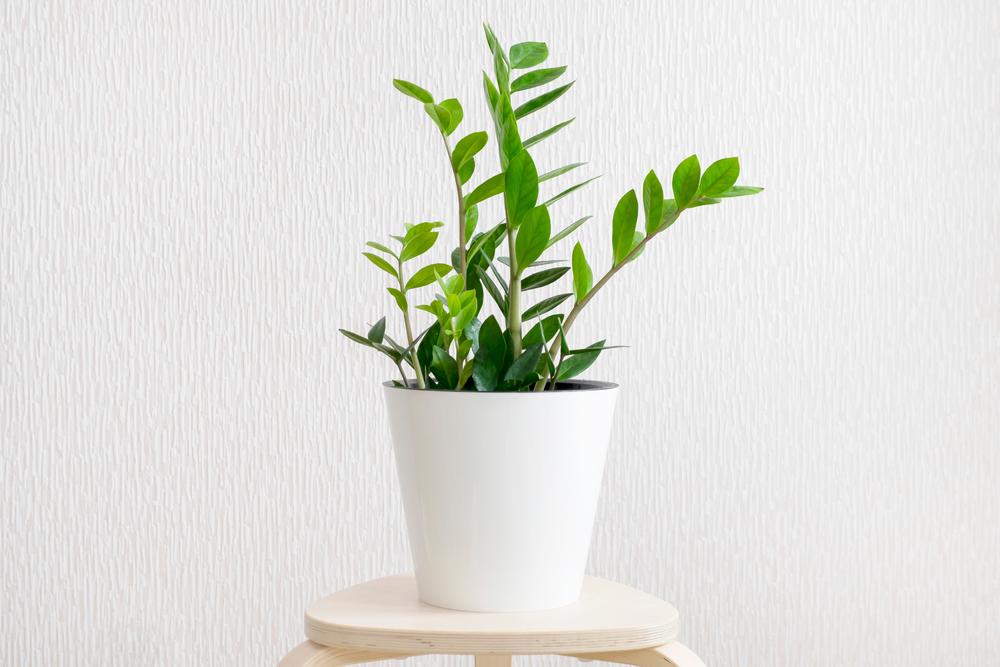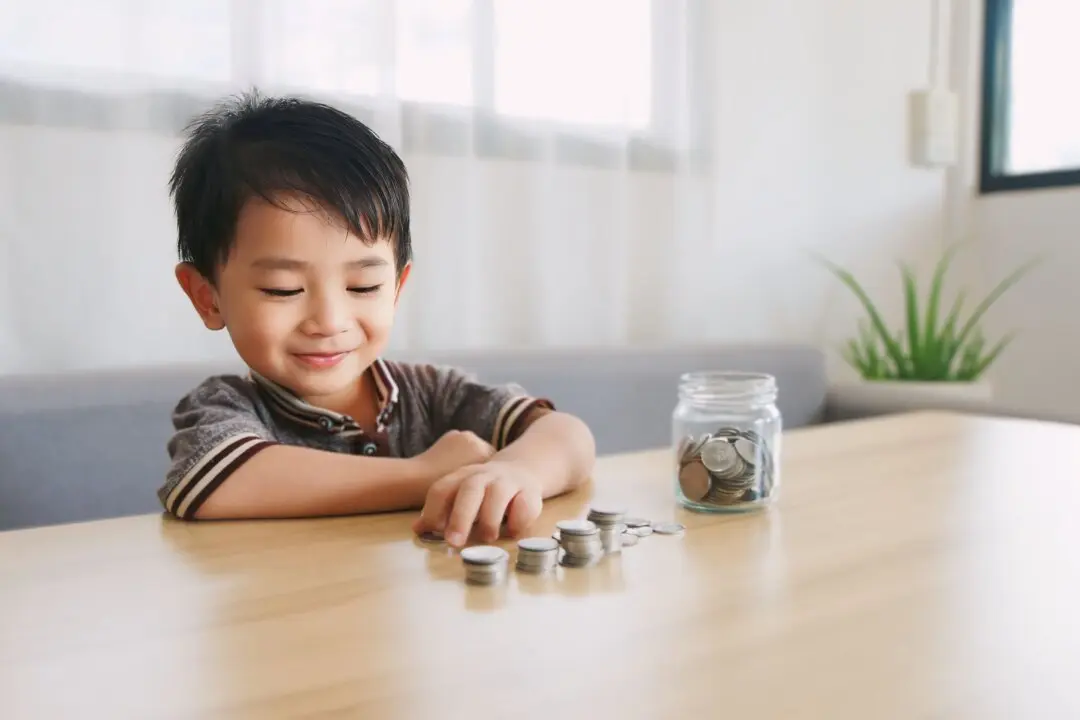Not only do houseplants bring warmth and a sense of calm to a home, but they’re also an inexpensive way to decorate. Keeping your beautiful houseplants looking healthy and green is the challenge. The most common question is: Why do the leaves turn brown?
According to the Smart Garden Guide, there are many reasons why the leaves on your indoor plants may turn brown:
- Improper watering or fertilizing.
- Transplant shock.
- Environmental causes due to lighting, heat, drafts, or humidity.
- Pest or disease issues.
- Natural causes such as acclimatization or age.





